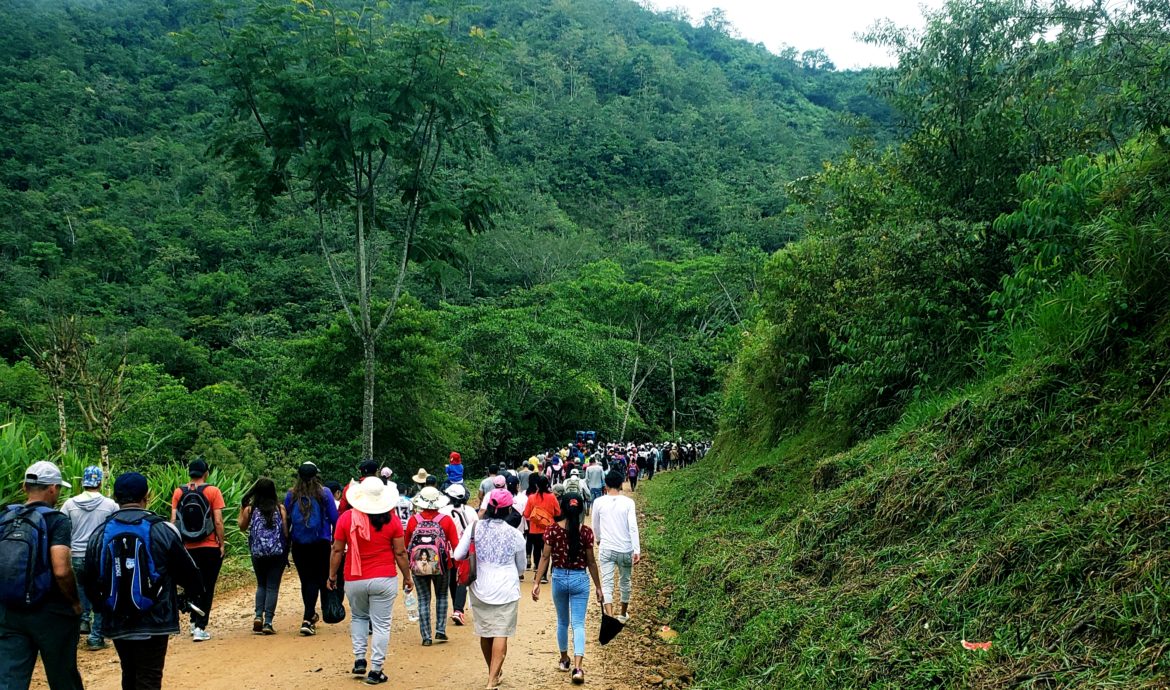
La Virgen del Cisne — ¡de vuelta!
EcuadorLeaving behind the expats in Vilcabamba, the southbound highway plunged me into the jungle. The towns grew smaller and dustier as the two lane highway turned into a narrow dirt road contouring the precipice of lush green cliffs. I arrived in Zumba, the last town with any services in Ecuador before the La Balza border crossing into Perú. Internet research told me that La Balza was about as chill as an international border could be. One blog described the travellers having to track down the Peruvian border agent napping in his house in the nearby town during his “generally flexible lunch hours.”
So I was surprised at how busy Zumba was on the morning of my departure. Sounds of motos popping their engines and cumbia blaring from cars kept me awake for much of the night. I’d never seen such a packed restaurant in Ecuador as when I sat down for breakfast at 8am.
As I checked out of my hotel, the man at reception asked, “¿Vas a Perú hoy?”
“Si.” Why else would I be in this tiny jungle town if I weren’t going to Perú?
“¿Sabes de la caminata?” The walk? What walk?
“¿Qué?”
“La carretera está cerrado. No la puedes pasar hoy.”
I panicked for a moment. The highway couldn’t be closed! I needed to get out of this loud, dirty place. I needed to get to Perú today. I had been rushing through my itinerary to catch a flight that I’d booked from further along in Perú, in order to meet Liz in Lima. I’d skipped things like a national park near Cuenca, museums and music in Loja, and visiting the Amazon, in order to adhere to my schedule. I couldn’t waste a day in this backwater town.
“¿Por qué?”
“Es el festivo por la Virgen del Cisne.”
“Pero…” I stammered. “Lo ví en Loja…”
“Lo mismo.”
He went on to explain that they celebrate the same holiday as the Lojanos, but getting to Loja in itself was a challenging pilgrimage for many of the rural folk of this region. So they conducted their own one-day march from Zumba to the Peruvian border at La Balza, twenty miles away.
I had biked fifty extra miles to see a disappointing pilgrimage, and now, several days later, I was getting roadblocked by the same exact celebration!
I decided to ignore his warning, and try my luck at getting past the pilgrimage anyway. The man at the panadería, where I bought some pastries for the day, told me there’d be no way I would get through. The policeman manning a roadblock at the edge of town reiterated that I wouldn’t be able to pass, but that it was fine if I walked with them. I’ll just snake my way through, I thought.
Minutes later, I caught up with the procession. They must have started only shortly before me. The narrow road was packed left to right with slowly moving walkers. Overgrown jungle spilled onto the road from either side.
They were all right. There was no way I could get through.
As I got off my bike to walk behind them, accumulating funny looks, it started to rain. I tried to talk to some people but they kept their heads down, focused on prayers booming from a loudspeaker on a slowly moving truck bed.
I biked back toward Zumba, not wanting to trudge through the rain with all the locos. “Tenía razón,” I admitted to the policeman.
“Hay una misa en el próximo pueblito, hasta dos horas. Pues, podría seguir, tal vez.”
So, on the policeman’s advice, I waited for the pilgrims to gather for their mass in the next town, when I might be able to pass them. As I ate a second breakfast of bland chicken and chewy rice, I daydreamed about the food in Perú, which I had learned would have much more flavor than the fare on this side of the border.
When I caught up to the pilgrims again, they hadn’t stopped for a mass, as far as I could tell. Determined this time, I walked with them, squeezing through gaps little by little. I crossed the impermeable section of the procession over the course of a half hour, squeezing between the prayer truck and a group of soldiers carrying the statue of la Virgen. Once I passed la Virgen, the crowd loosened, allowing me to ride my bike again.
People’s attitudes loosened, as well. I chatted with walkers about the weather, the road, my bike ride, their walk. These were no longer the super-religious devotees that surrounded the prayer truck. These were everyday Ecuadorians that enjoyed participating in tradition and challenging themselves with a beautiful hike through the mountains. Along the road, vendors sold salchipapas and ice cream from makeshift stands and people handed out oranges and waters from parked cars. I took full advantage of all the calories, knowing that on any other day, this would be a road where I wouldn’t see anyone.
Walkers still lined the road when I reached La Balza hours later. Teenagers who had started early and walked furiously were already drinking Pilseners by the river. I found the immigration office, one of five buildings on the Ecuadorian side of the bridge, and got my passport stamped.
As I crossed the bridge into Perú, I looked back at the festive decorations at the finish line. I didn’t need to see the afterparty, I thought. And I certainly didn’t need to see la Virgen arrive, surrounded by her stuffy worshippers. I had been looking for the wrong things when I tracked down the pilgrims back in Loja. I found the beauty of the pilgrimage in Zumba by participating in the adventure it took to reach La Balza, not just showing up for the party.
The journey of the Cuencano cyclists made sense now. They didn’t need to be in the midst of the insanity, surrounded by prayer trucks and ice cream and shoe vendors. Their bike ride to El Cisne was their own pilgrimage and their own celebration.
So I continued on my own pilgrimage, pedaling into Perú, a little less concerned about getting somewhere, and a little more focused on enjoying the ride to get there.
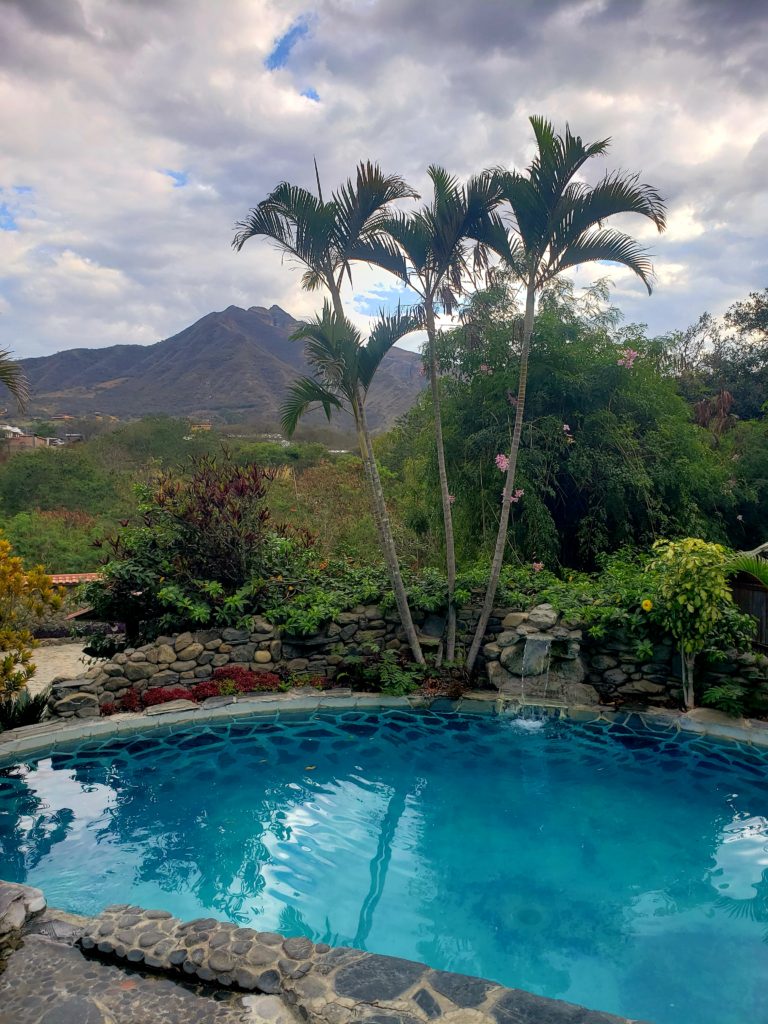
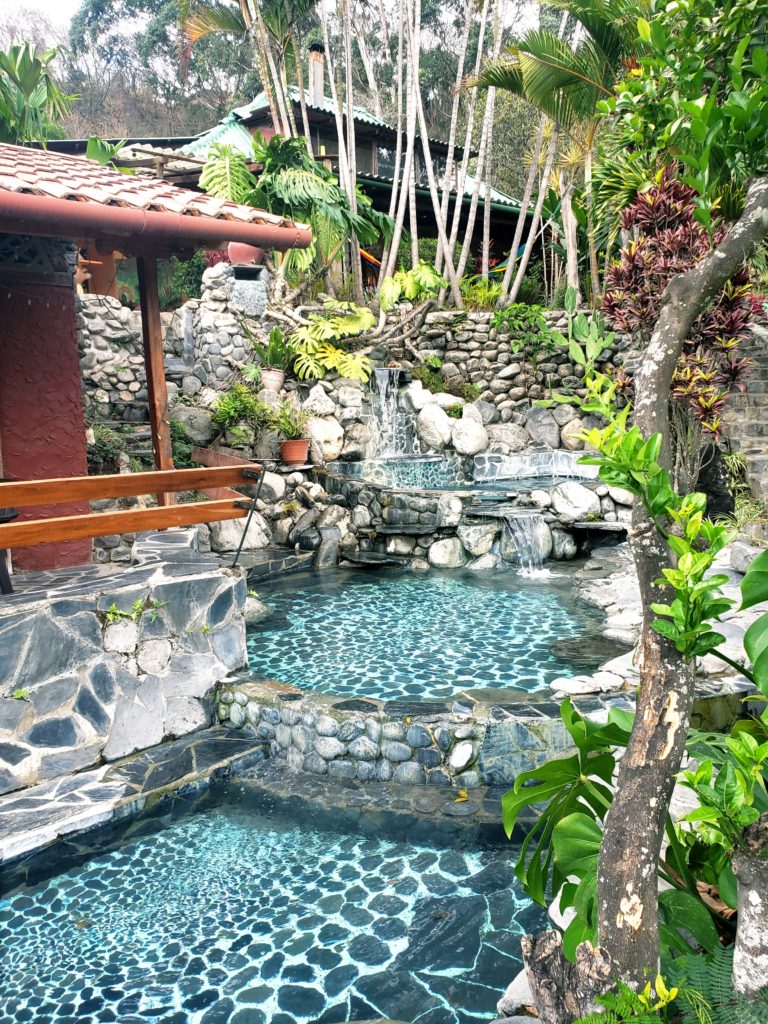
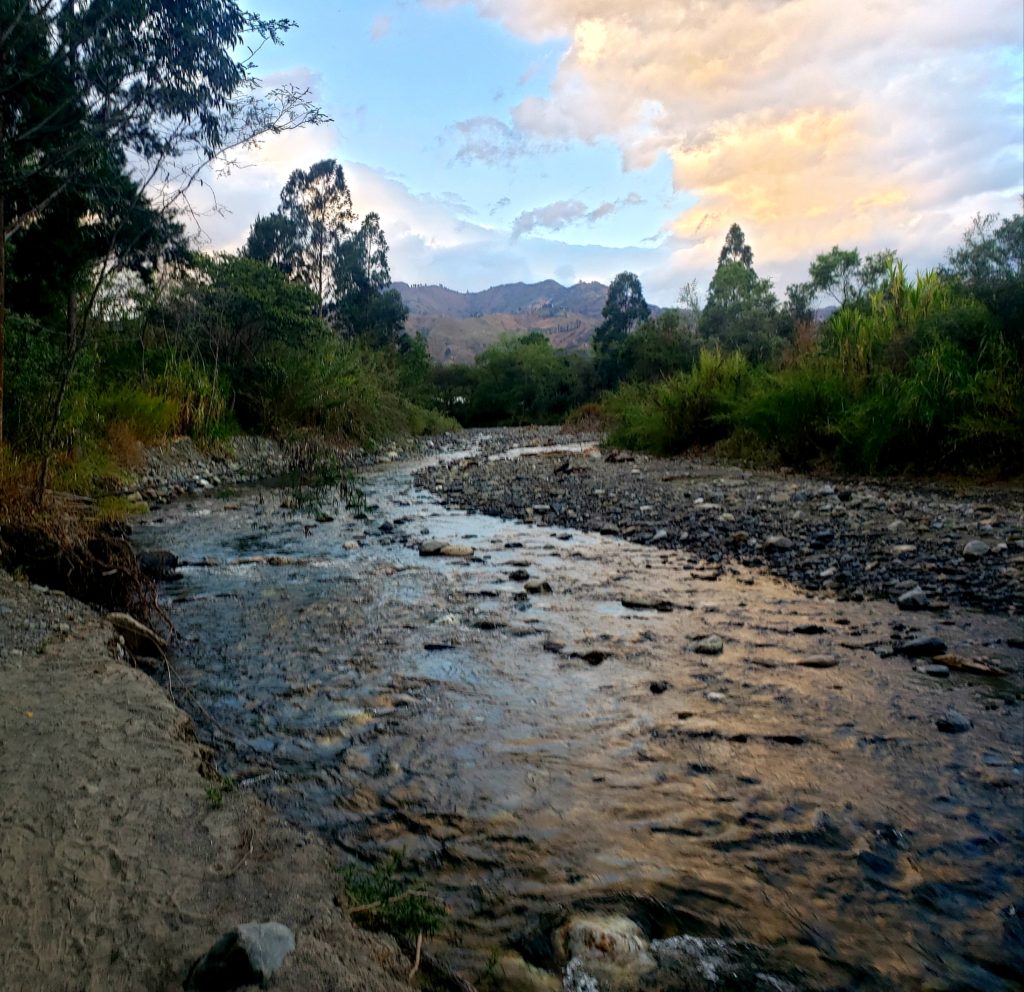
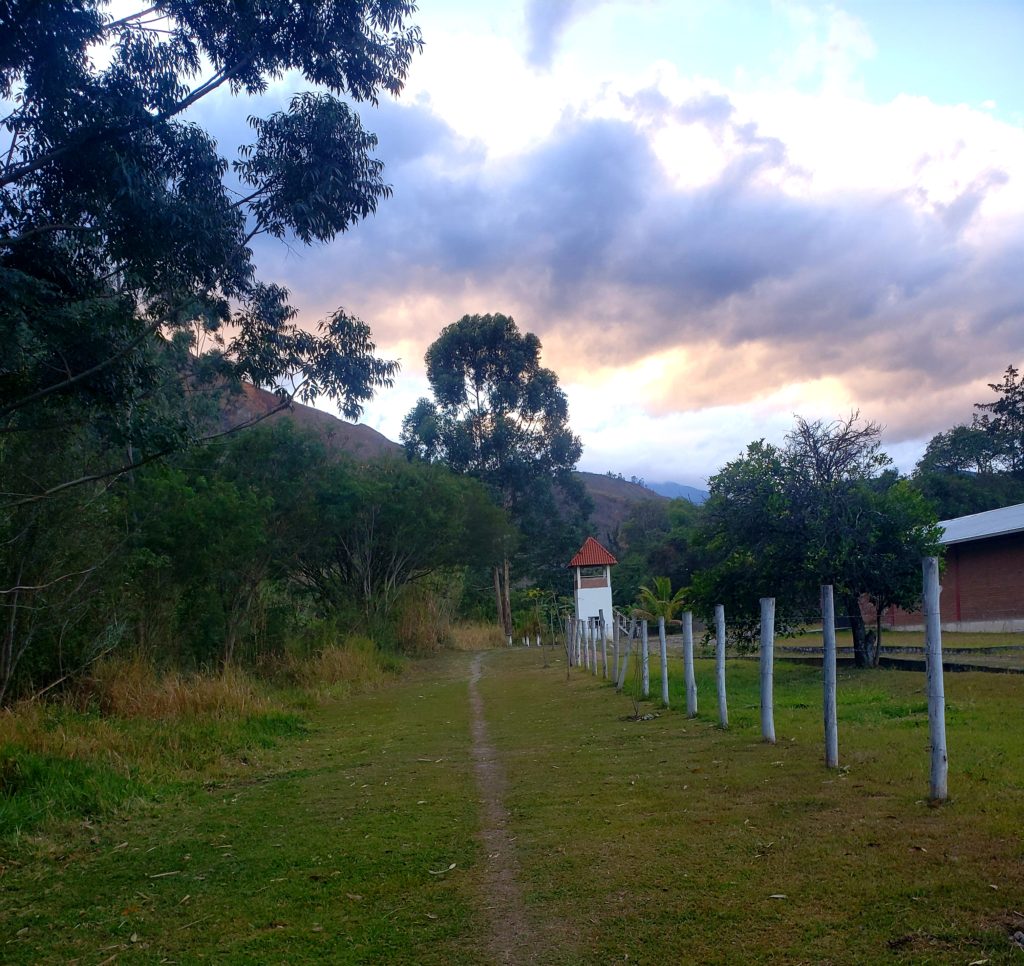
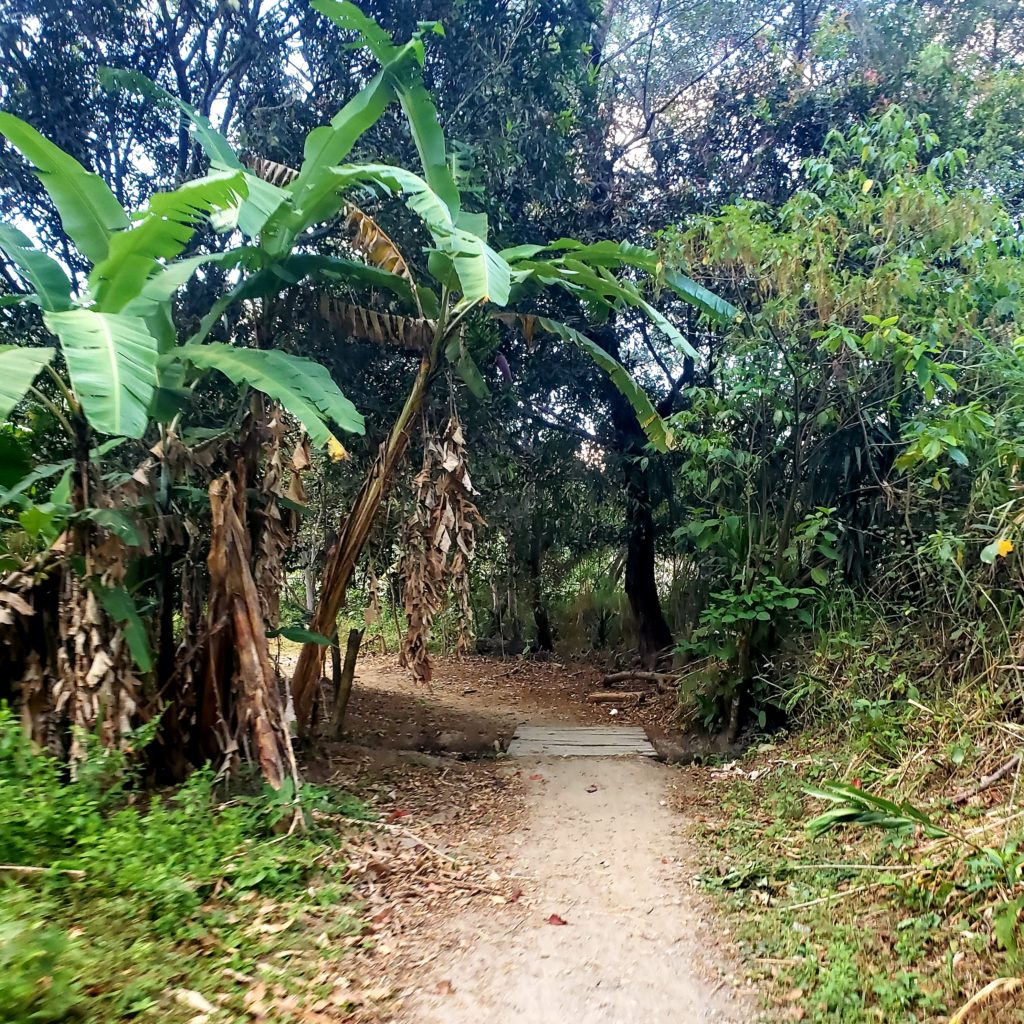
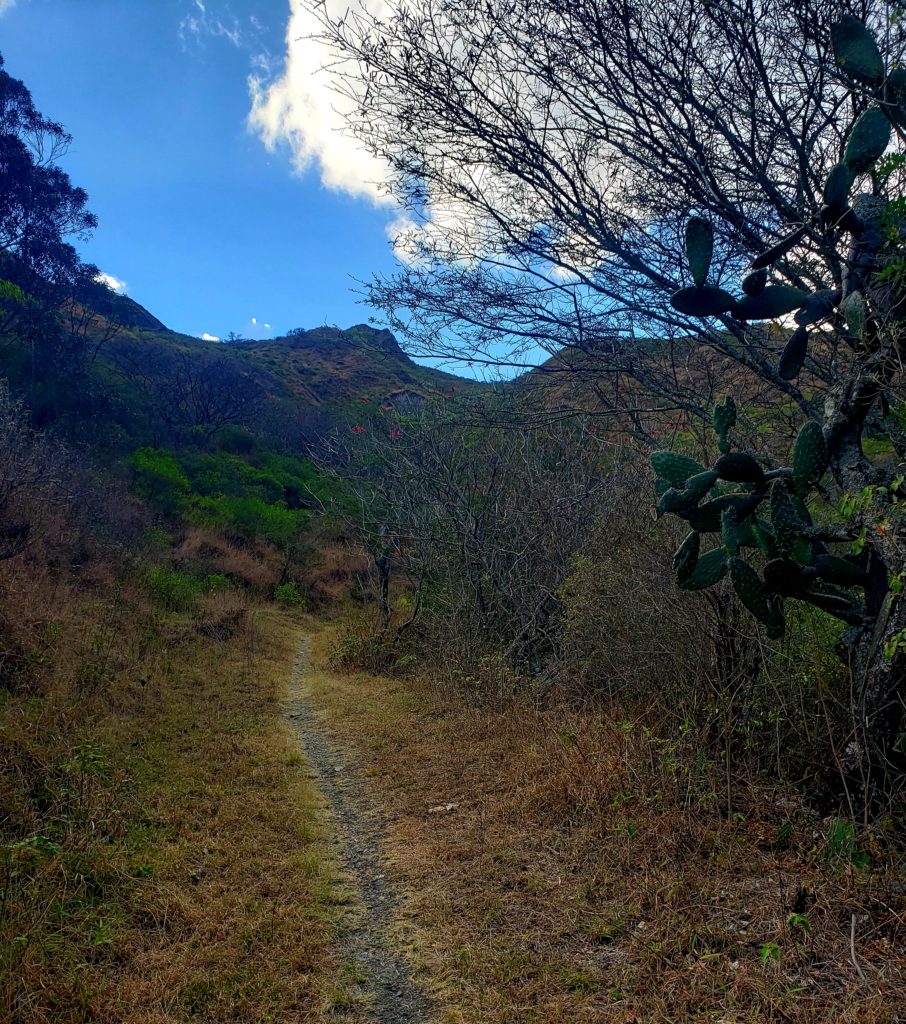
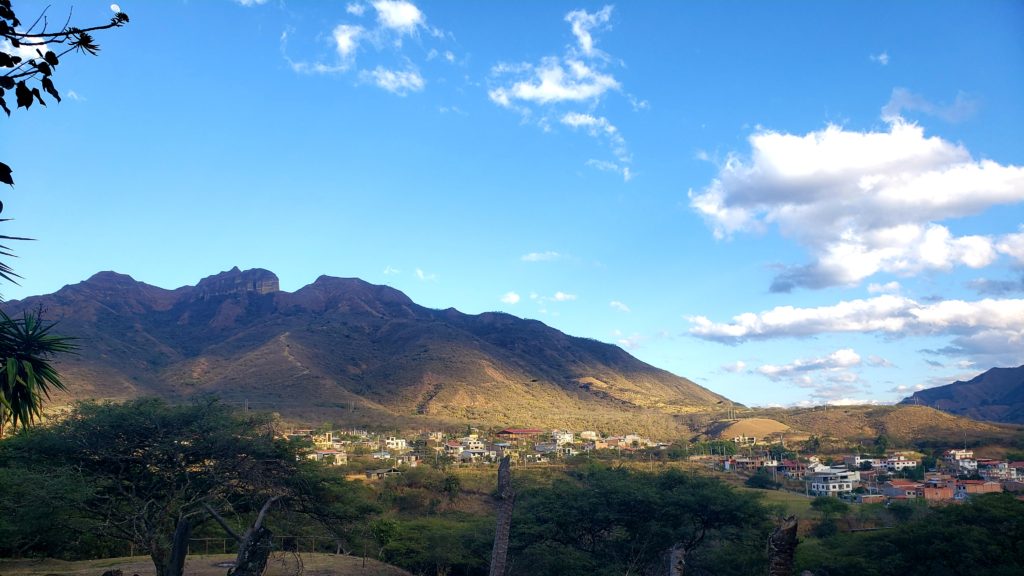
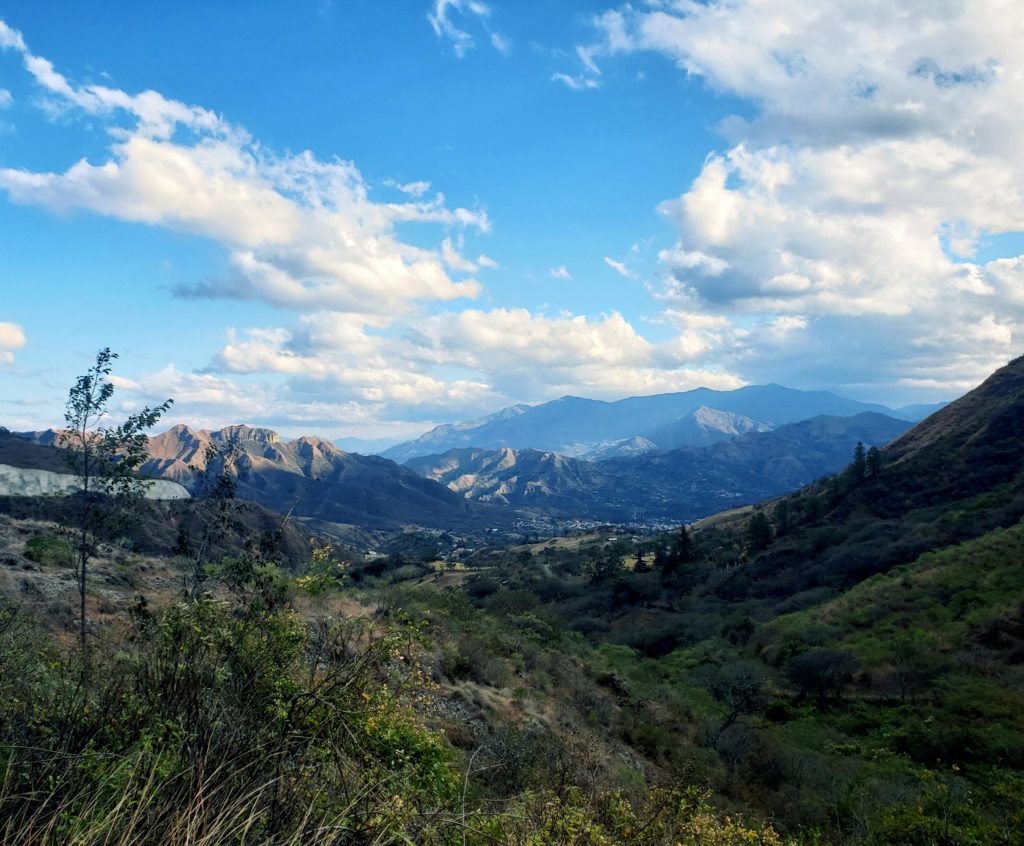
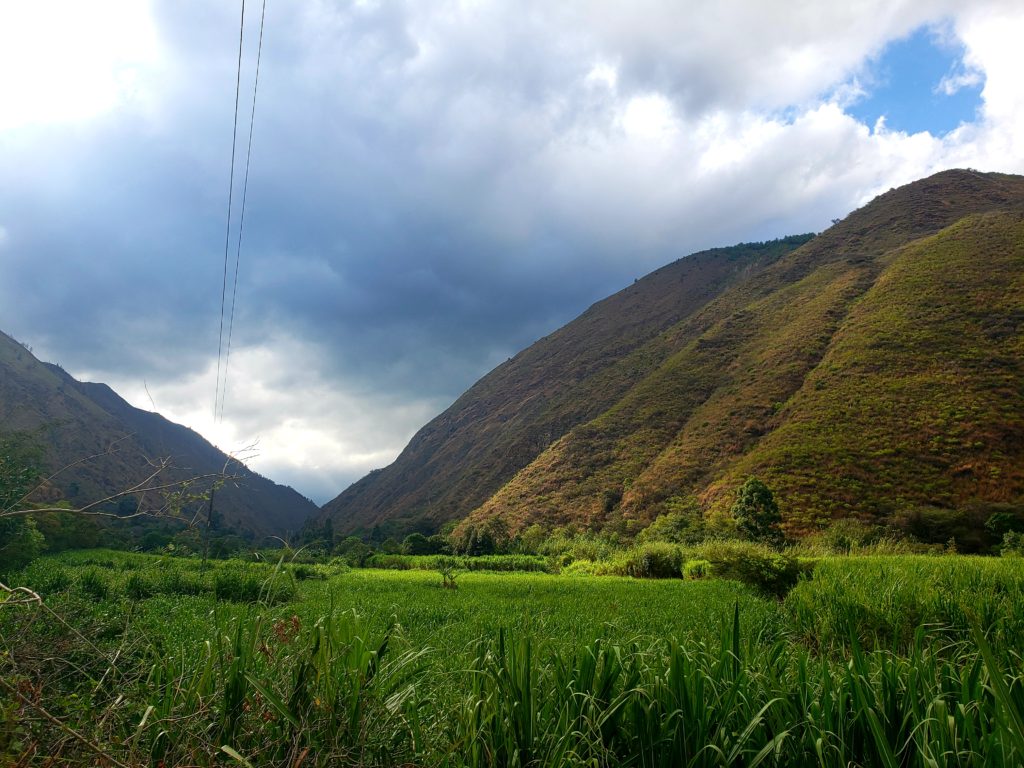
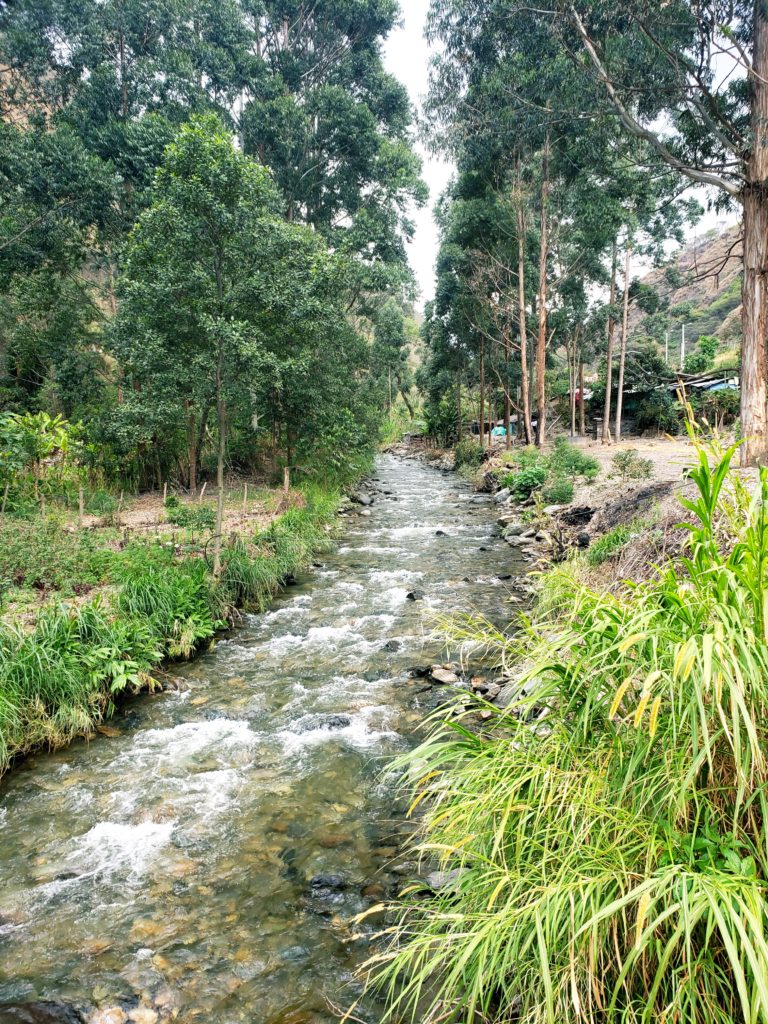
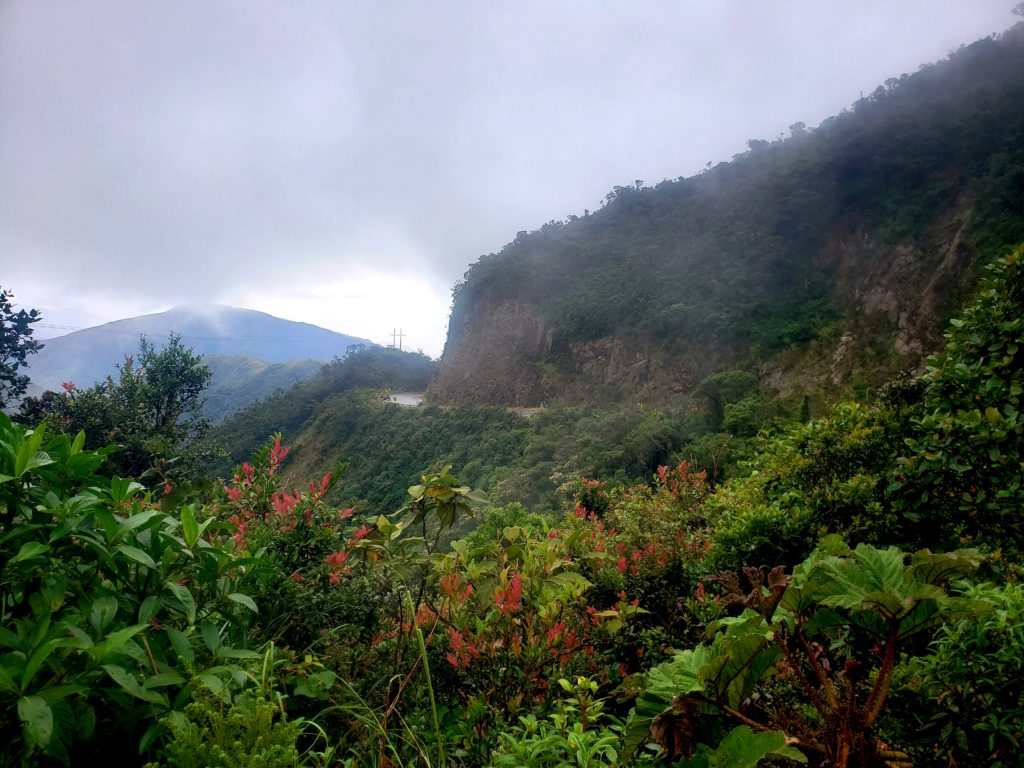
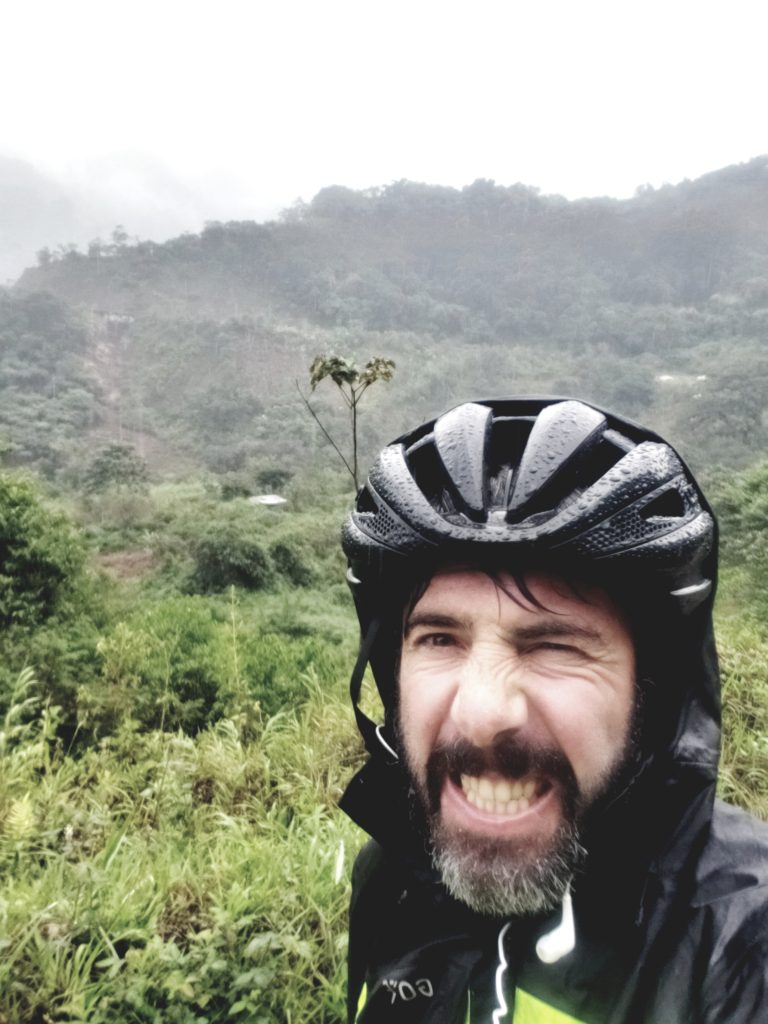
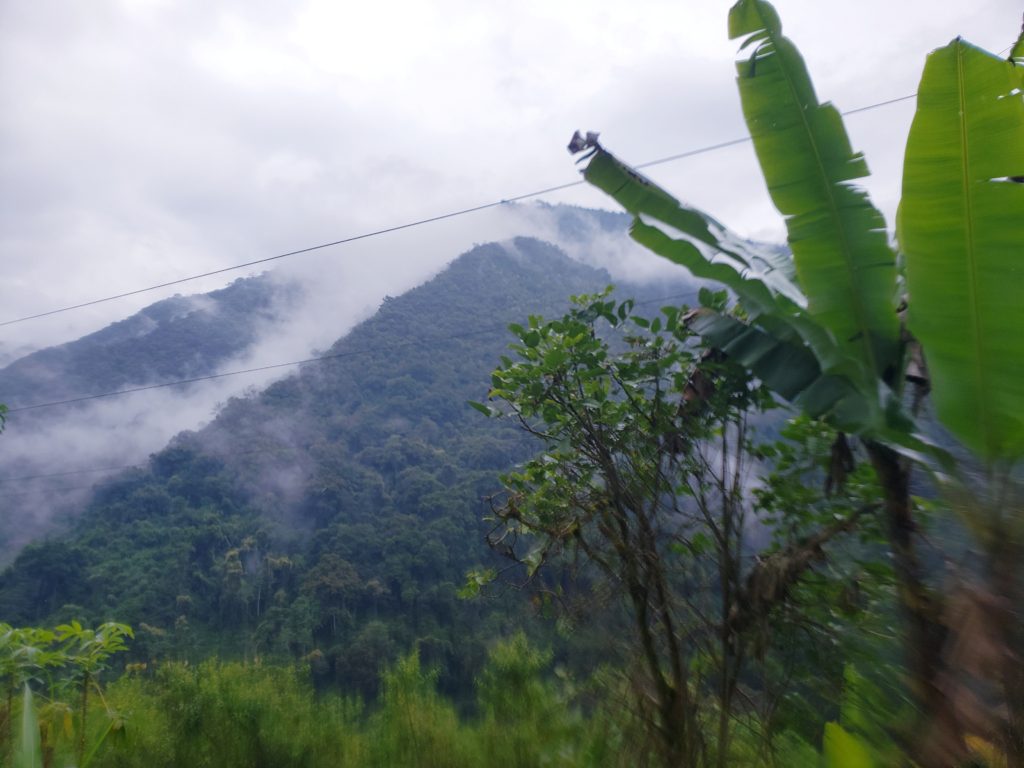
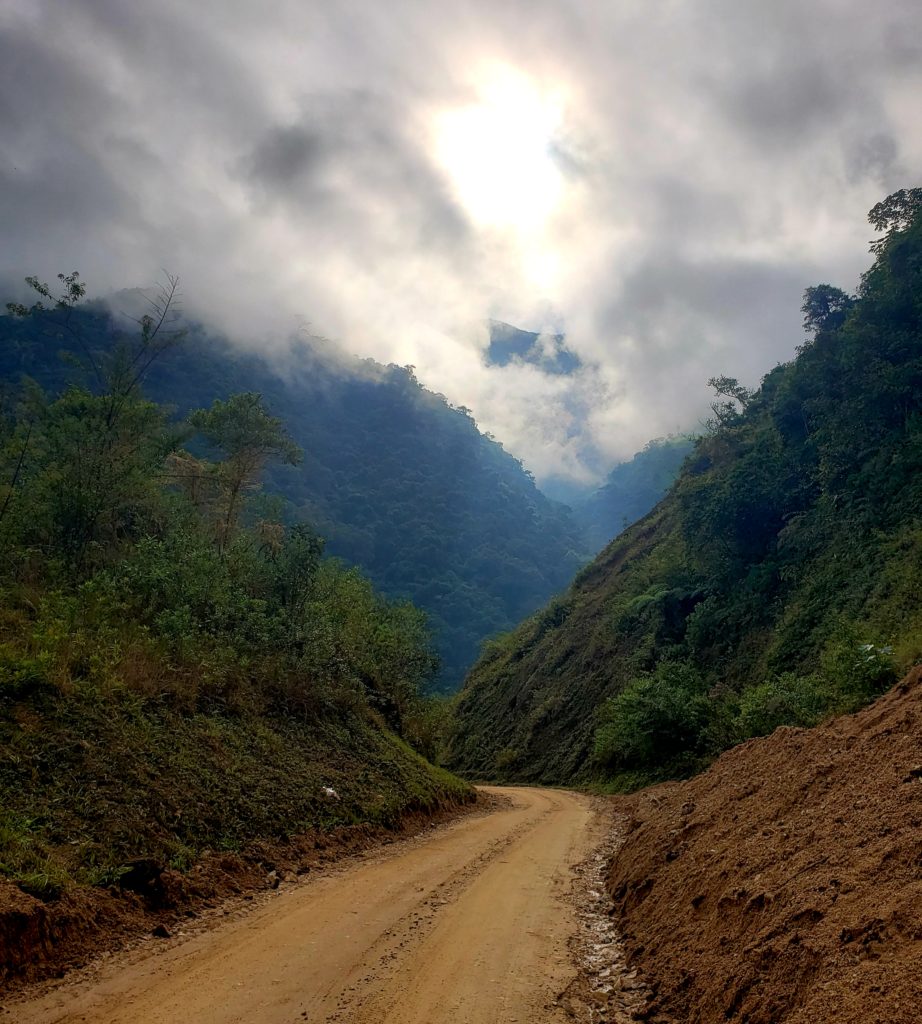
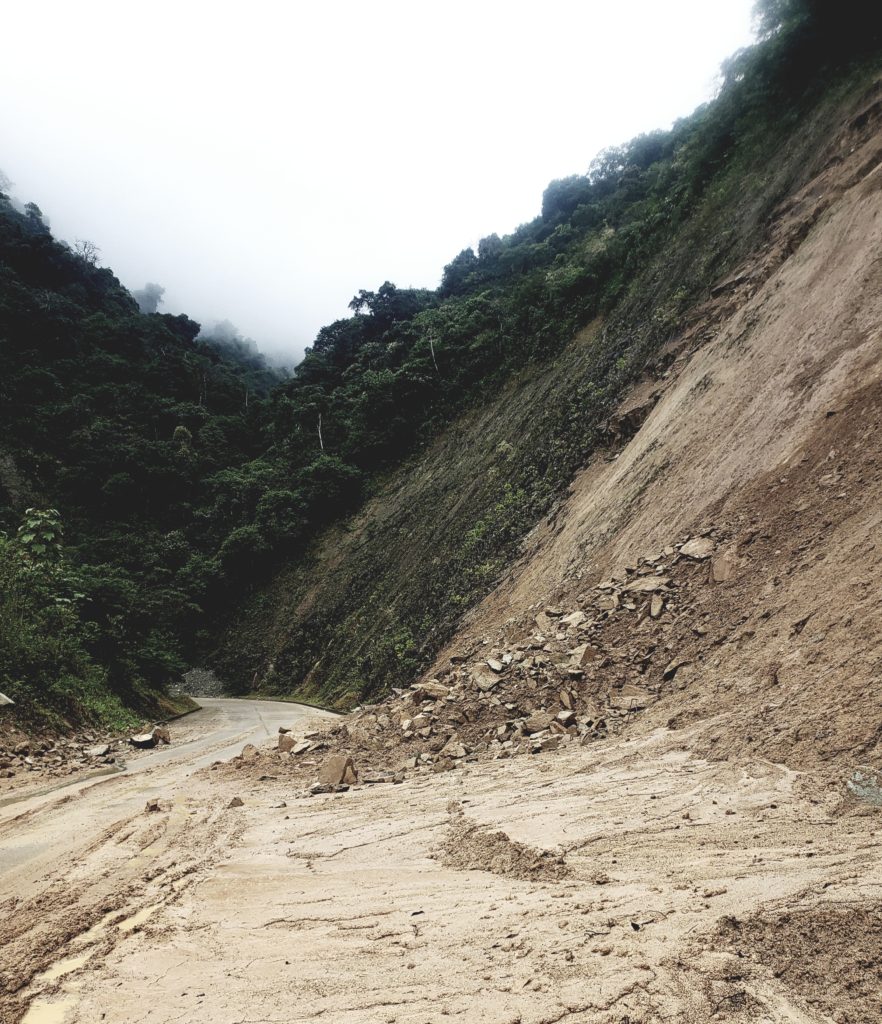
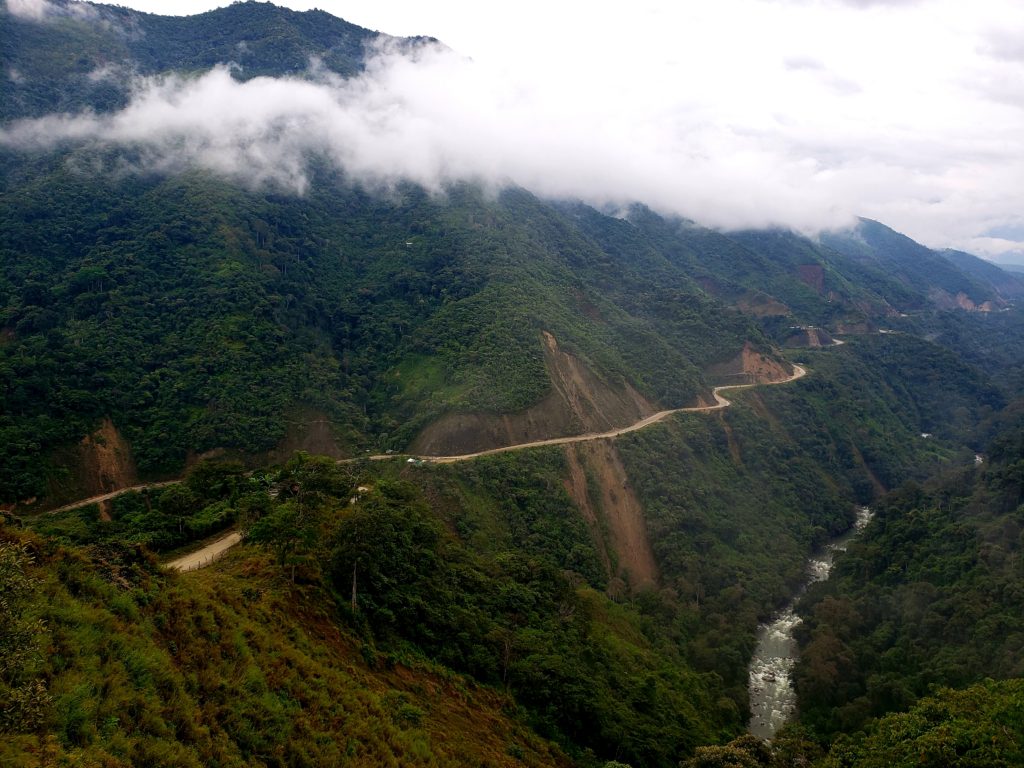
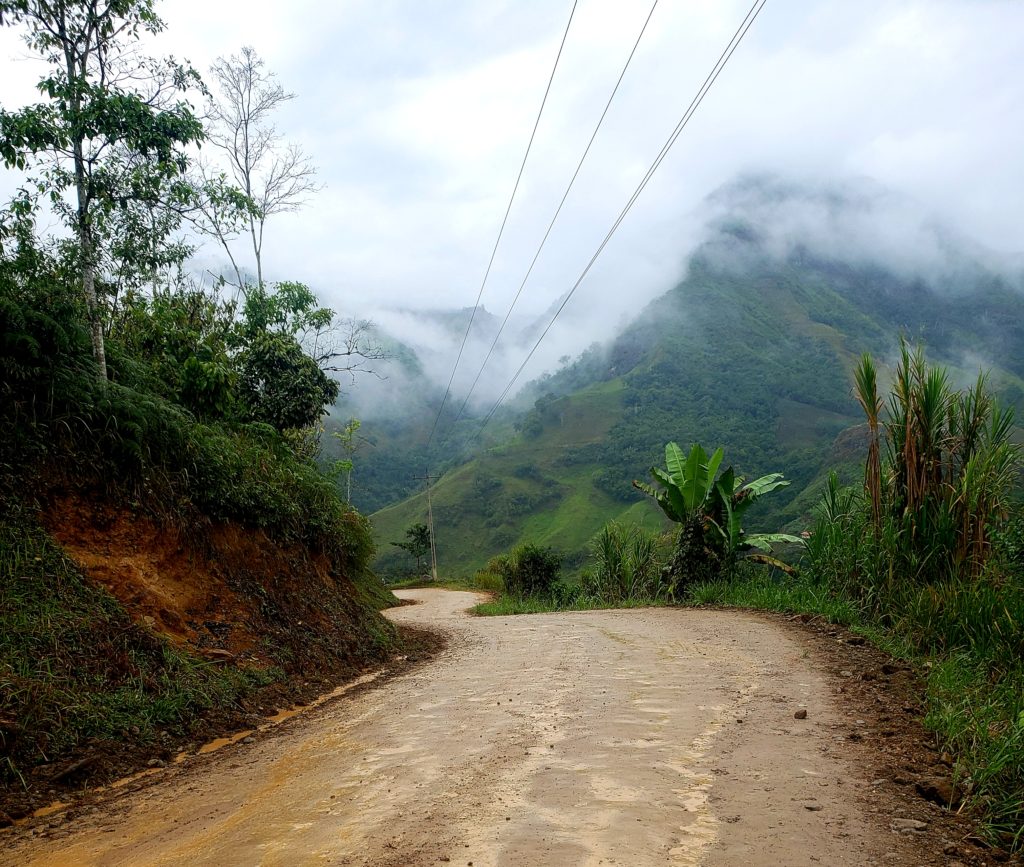
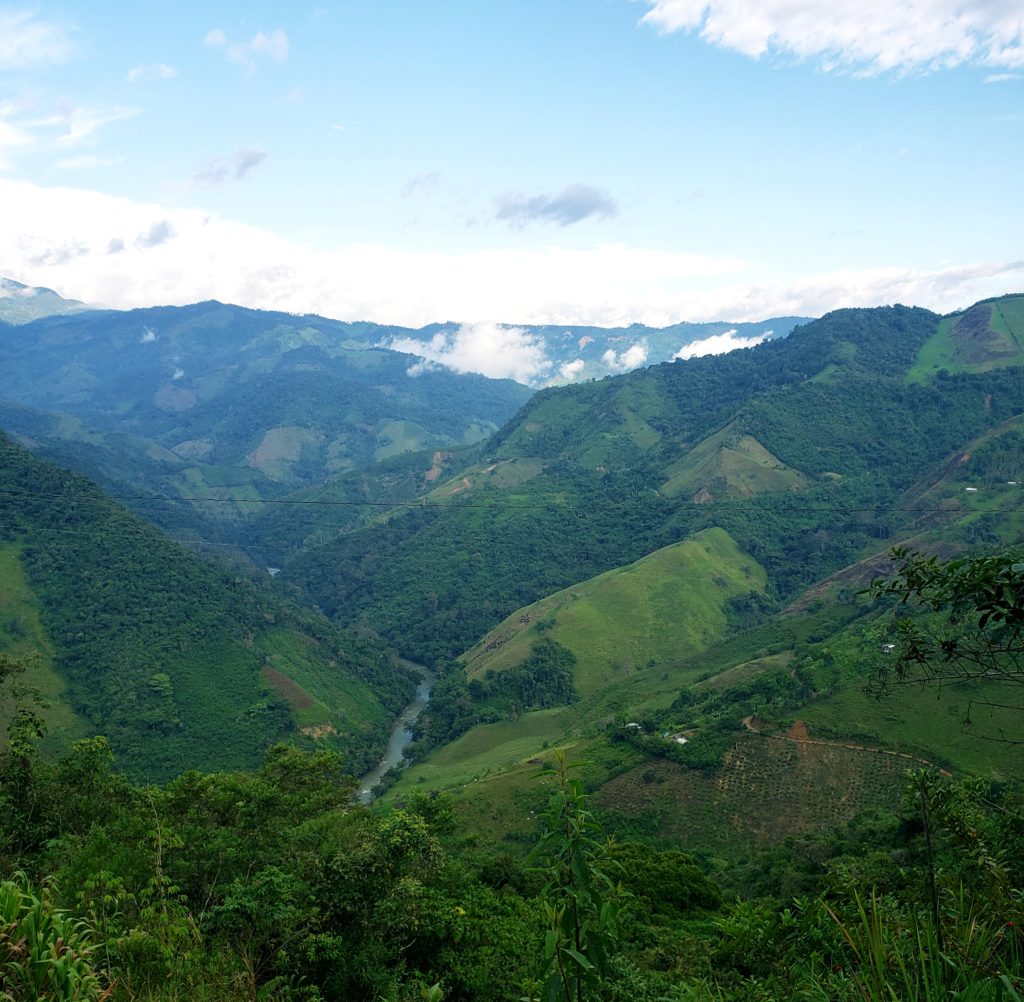
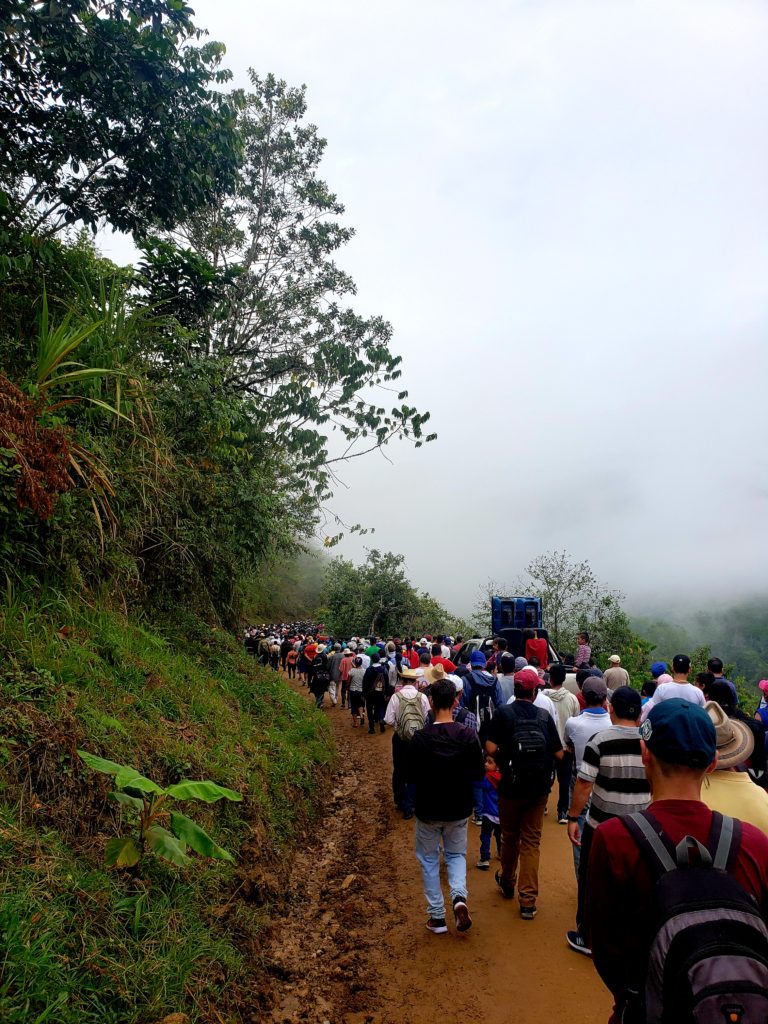
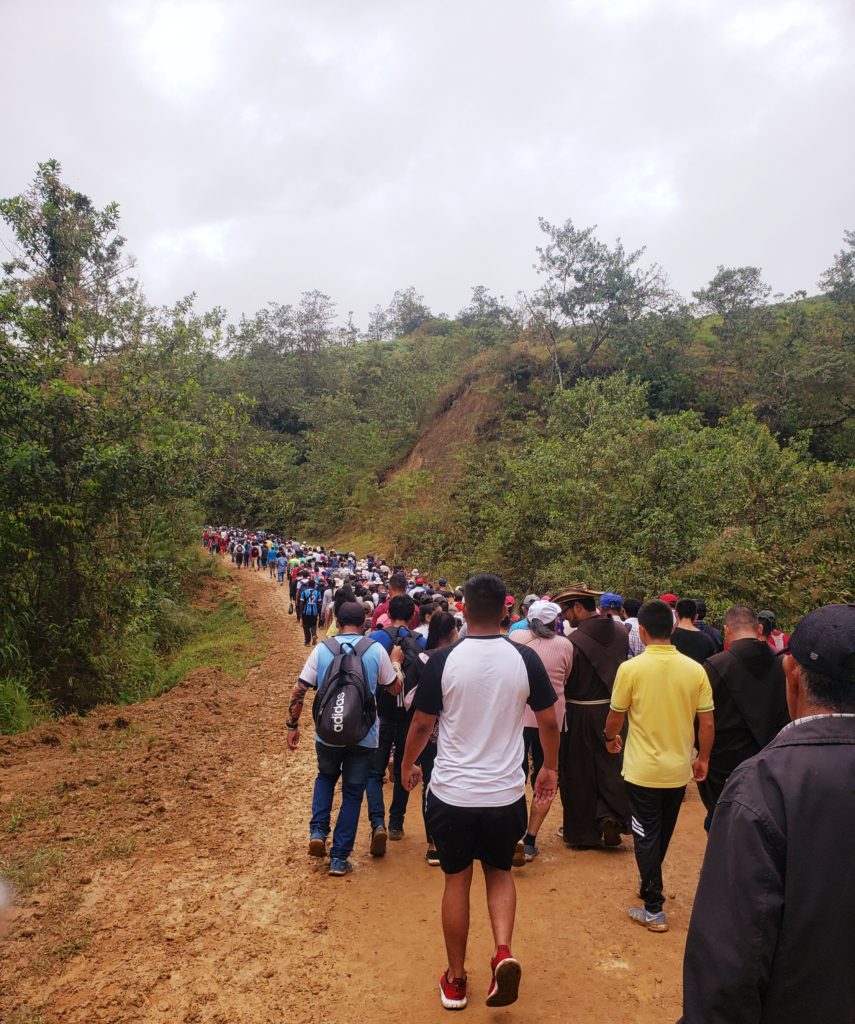
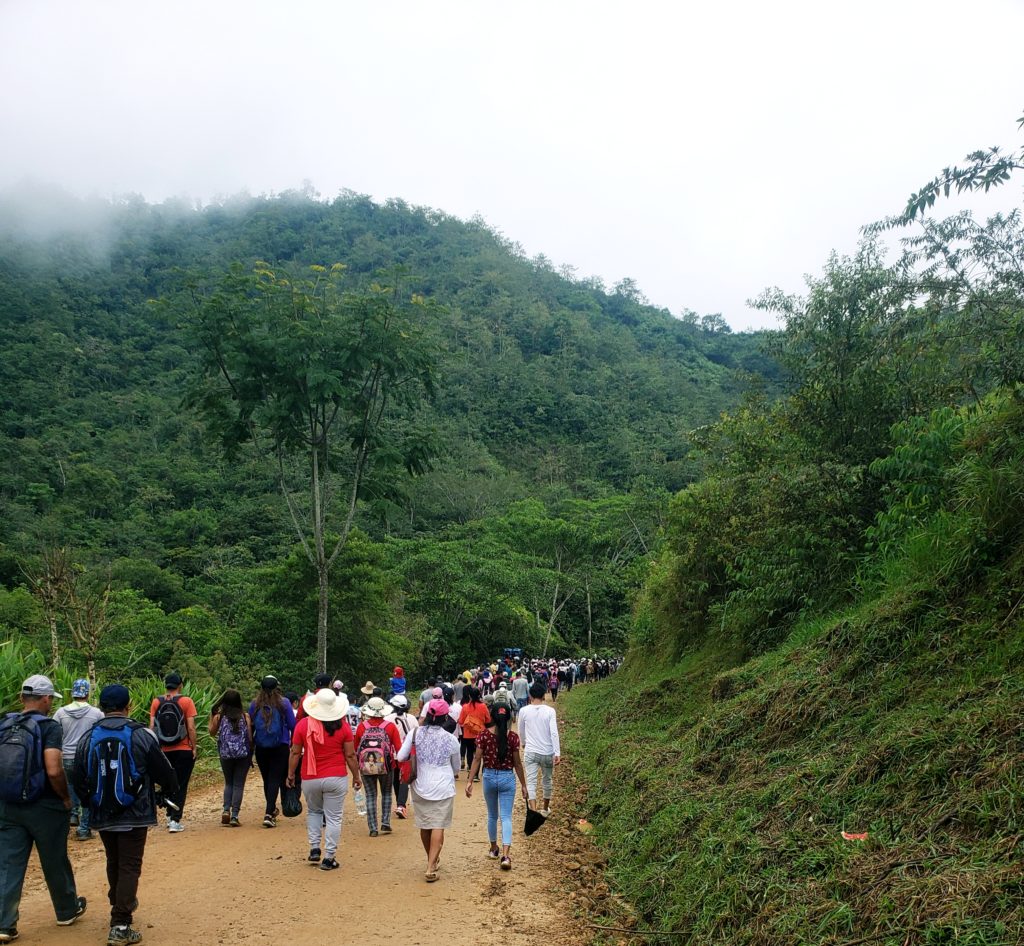
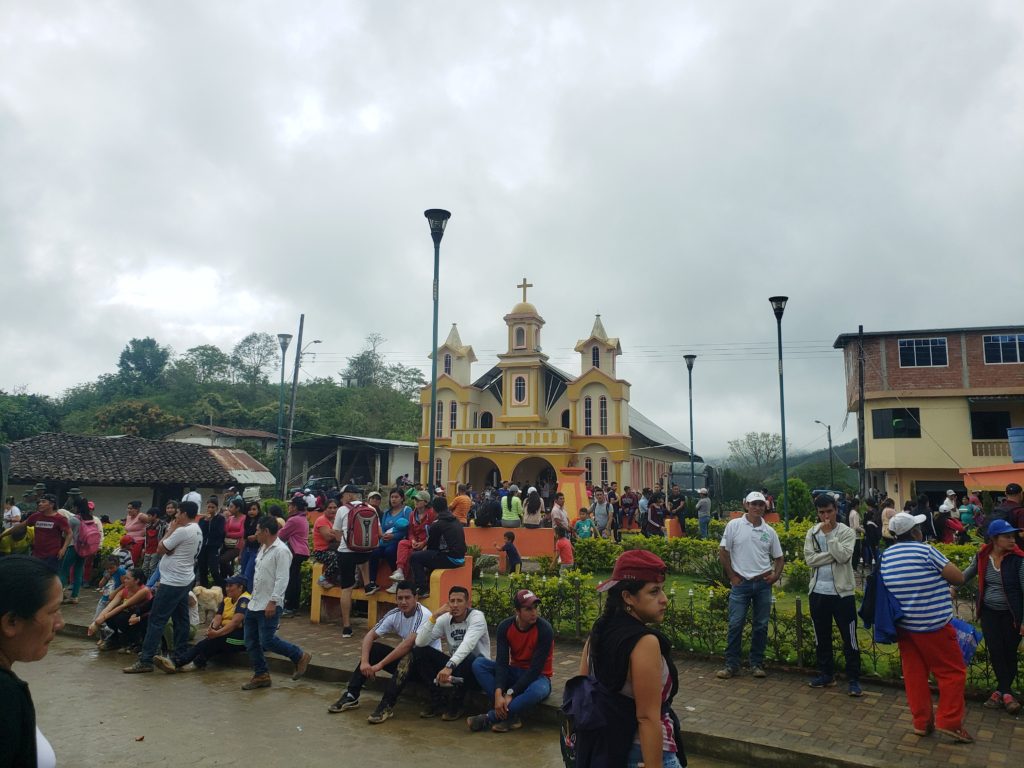
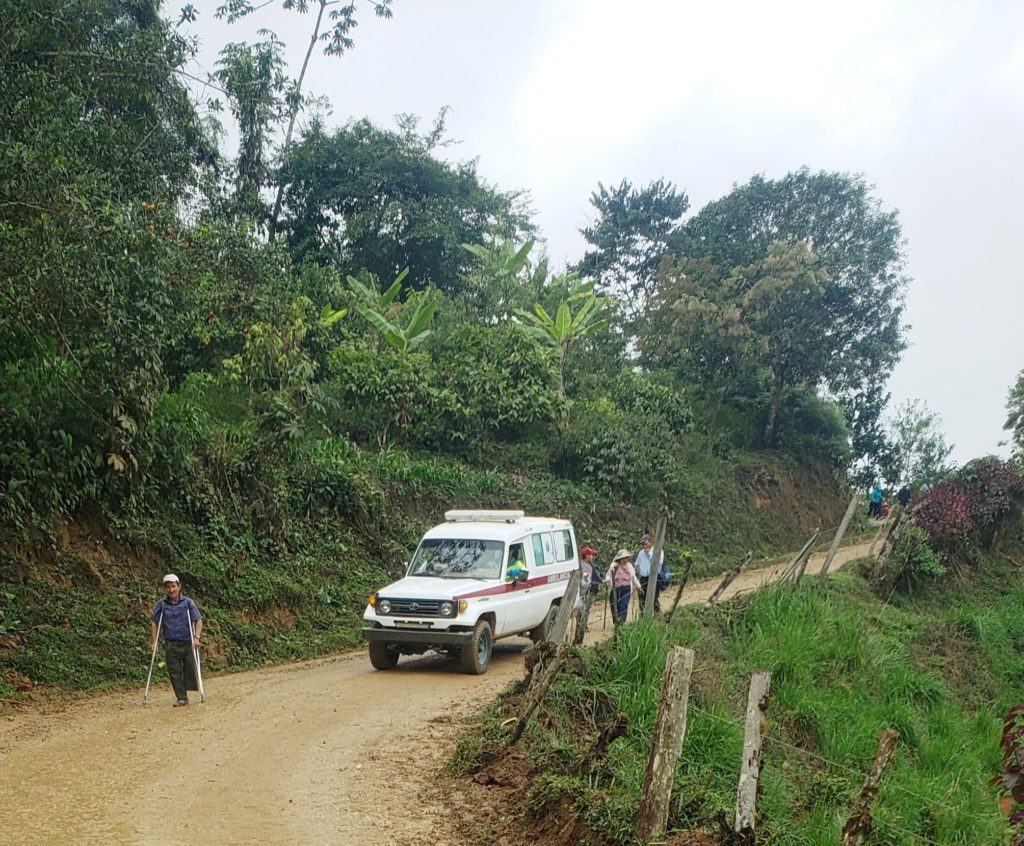
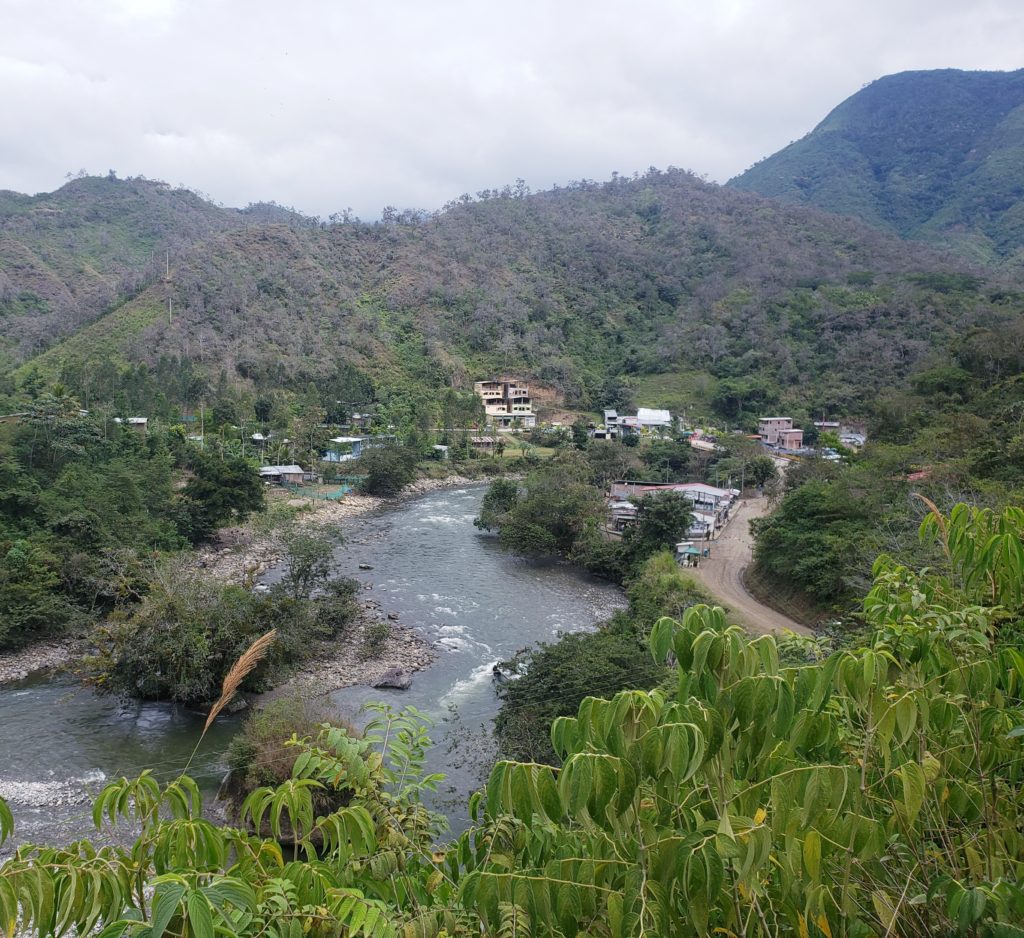
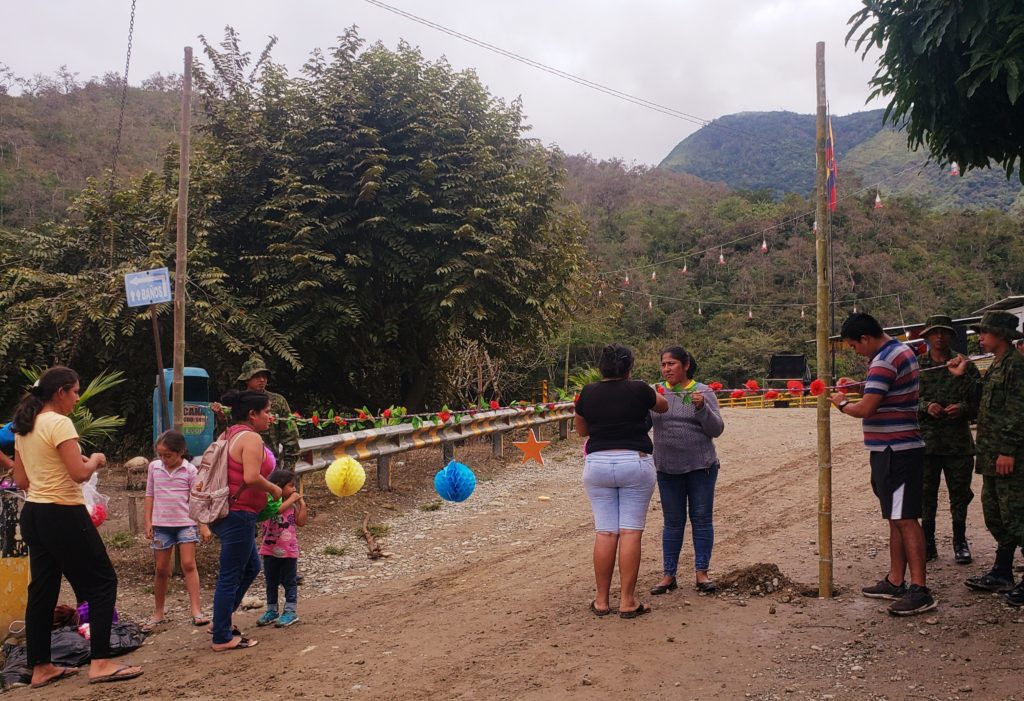
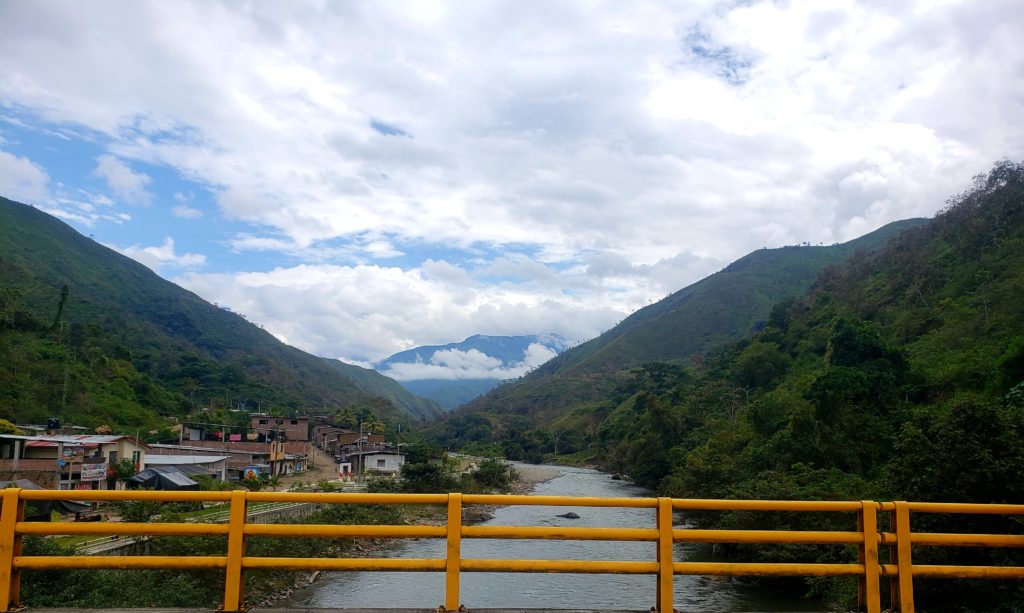
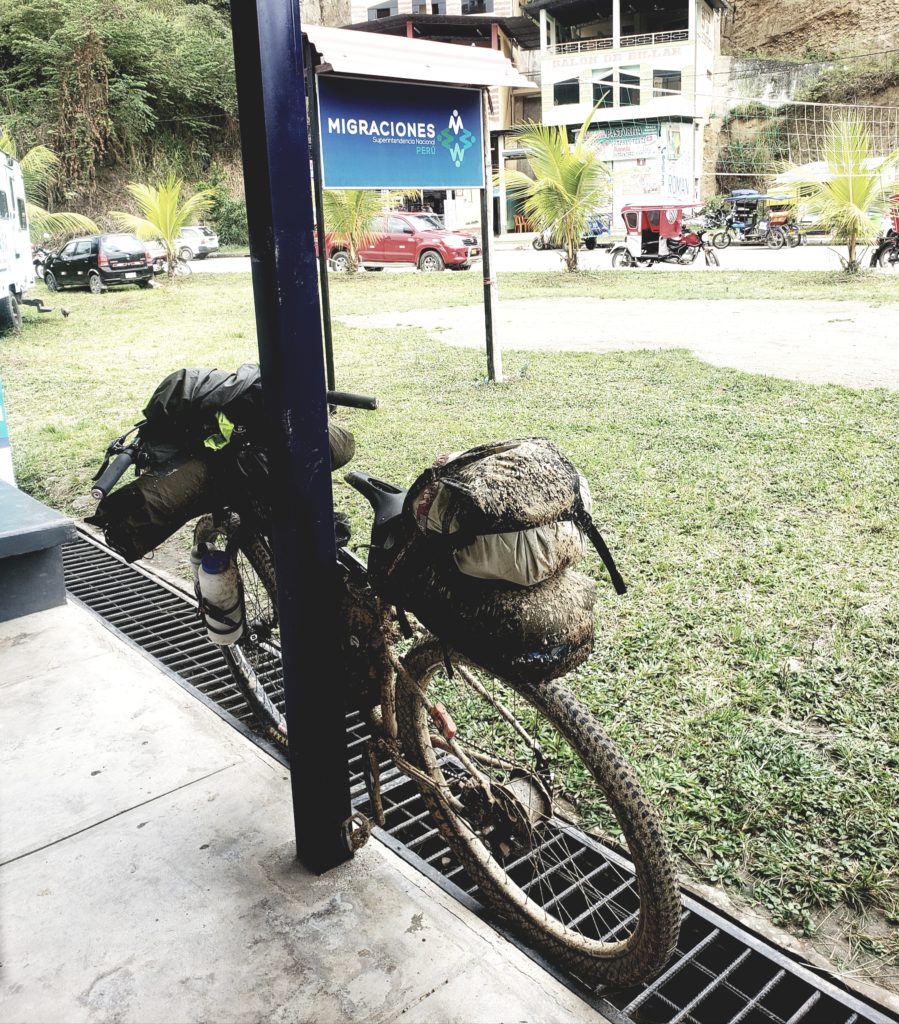
Archives
Calendar
| M | T | W | T | F | S | S |
|---|---|---|---|---|---|---|
| « Mar | ||||||
| 1 | 2 | 3 | 4 | |||
| 5 | 6 | 7 | 8 | 9 | 10 | 11 |
| 12 | 13 | 14 | 15 | 16 | 17 | 18 |
| 19 | 20 | 21 | 22 | 23 | 24 | 25 |
| 26 | 27 | 28 | 29 | 30 | 31 | |